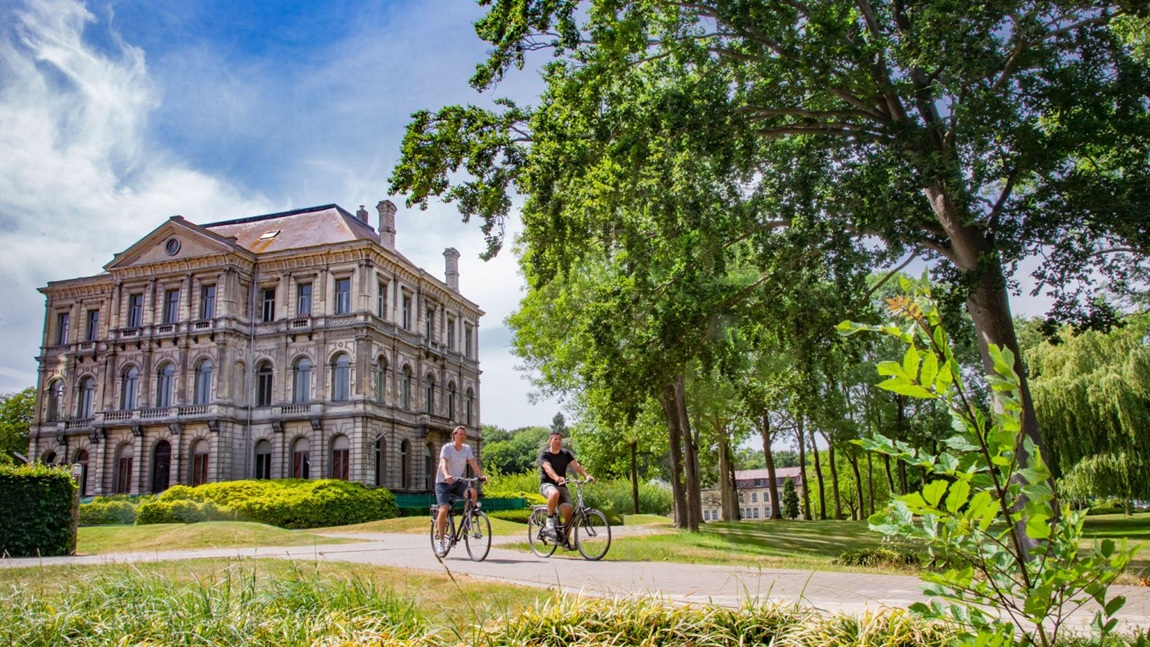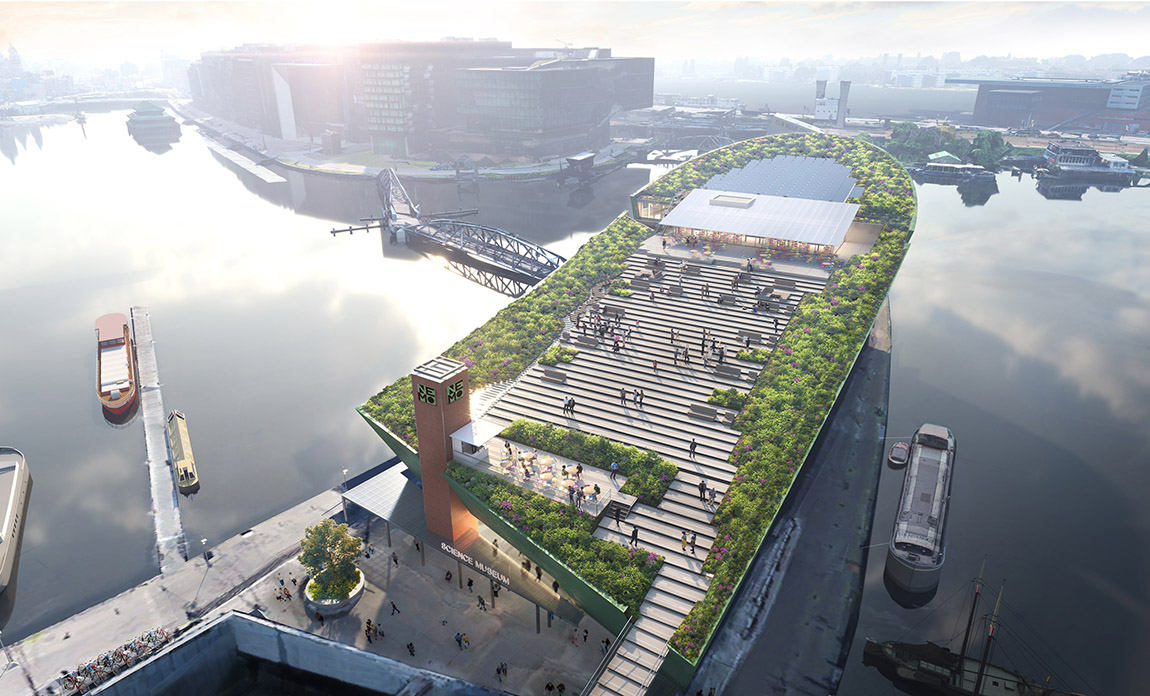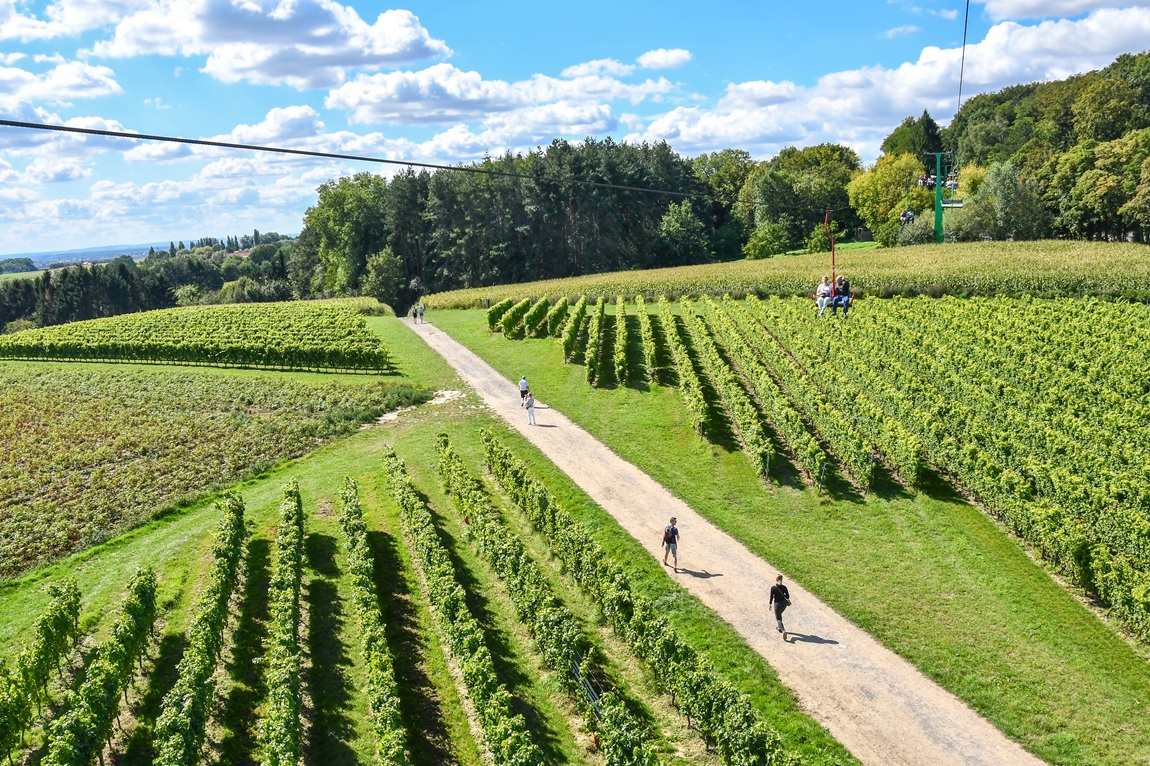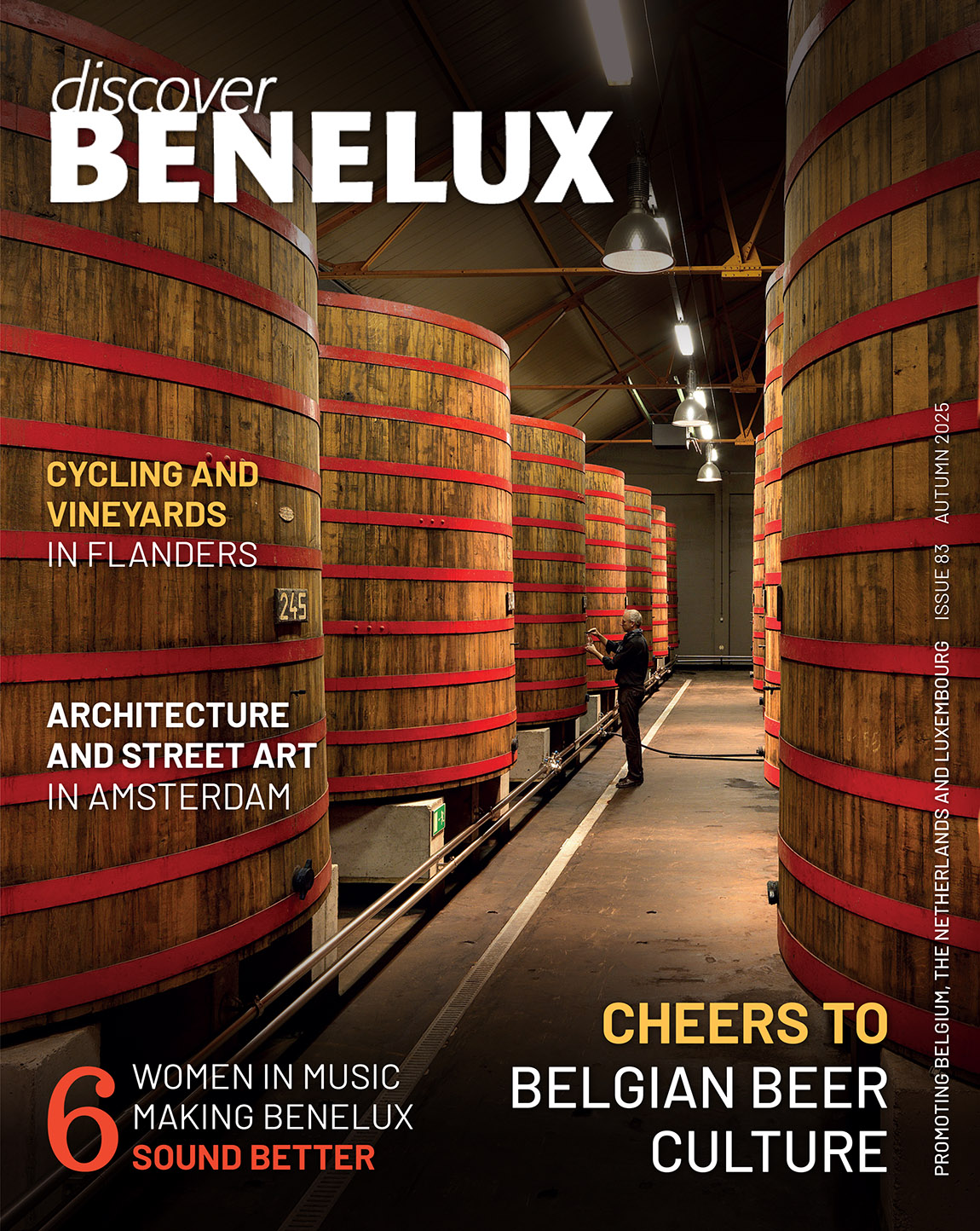Nijmegen: Feel the history, feel the vibe
Text: Michiel Stol | Photos: Gemeente Nijmegen
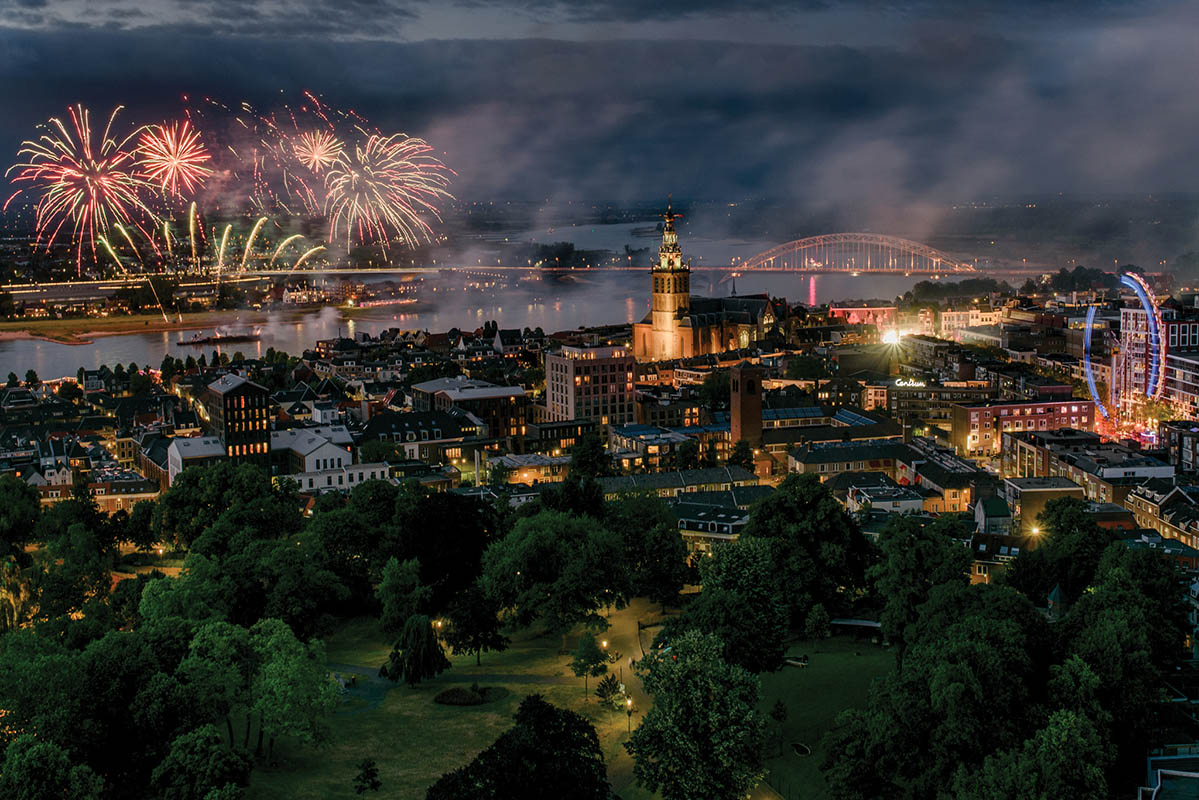
Embraced by the majestic river Waal, the city of Nijmegen is the largest city in the east of the Netherlands, right on the German border. It is a city where the old collides with the new; history, innovation and vibrant culture meet in the heart of this former Roman stronghold. You might not see it at first, but you will immediately feel it.
Nijmegen’s past has been one of war, prosperity, culture and innovation. It is the oldest city in the Netherlands, founded in 19 BC, when the Romans first settled on the natural moraine next to the river. The military outpost and adjacent village turned into a centre of trade, and by 98 AD, ‘Noviomagus’ had received city rights, the first settlement in modern-day Netherlands to do so. Throughout the late Middle Ages, the strategic position on the Waal fuelled the city’s economy, and the river beds provided fertile farmlands. This is also the period when the majestic Saint Stephen’s Church was built, at the highest point of the upper city. The church’s foundations still stem from the 1270s and, to this day, the church is Nijmegen’s main architectural feature, rising large above the city.

Misfortune and prosperity
By the 15th century, Nijmegen had become a city of prominence; it entered the prestigious Hanseatic trade league and was fortified with a stone wall. The wars of the Renaissance hampered Nijmegen’s growth, and the 1630s black plague epidemic halved its population. However, by the 19th century, political stability had returned to the region and Nijmegen began to flourish once again. The population grew quickly, and the confining defensive walls were all taken down in 1875 to create room. Around this time, the first vendors moved into the Hezelstraat, near the Grote Markt (central market). To date, it remains part of the best shopping area of Nijmegen, with many independent shops as well as cosy restaurants and bars. Existing for over 135 years, the Hezelstraat is proud to be the Netherlands’ oldest shopping street.

Word War II
In the Second World War, Nijmegen took a turn for the worst. Being so close to the border, it was one of the first Dutch cities to be captured by the Nazis. Towards the end of the war, it was bombed several times by both German and Allied forces. In February 1944, 800 civilians died during the largest bombing of a Dutch city. Many of the historic buildings were lost, but were rebuilt in their original style, and now stand side by side with more modern buildings. Throughout the city you will find commemorations, where you will feel the impact the bombings had on the city and the lives of its citizens.

Operation Market Garden
Nijmegen was also one of the cities where Allied forces suffered huge losses during Operation Market Garden. After suffering heavy losses in skirmishes with German forces in the heart of the city, American soldiers crossed the river Waal in peddle boats on September 20, 1944, which later became known as the Waal Crossing. 48 soldiers died during this crossing and it turned out to be too late to reinforce Allied troops in Arnhem. This led to a six-month delay of the liberation of the north of the country. In 2013, Nijmegen completed the construction of a city bridge called Oversteek (The Crossing), close to where the allies crossed the river. On the bridge are 48 streetlights, representing each of the soldiers that lost their lives. At sunset, the streetlights are lit up pair by pair at a slow marching pace. Every night – whatever the weather – a military veteran walks the ‘Sunset March’ at sunset, to honour the fallen. As the lights are turned on, the veteran walks along in pace with the lights being lit. Witnessing this daily ode to history, is something you simply must not miss.

Innovation to preserve nature
As part of ‘Room for the River’, a national project to protect cities along major Dutch rivers against flooding, the river beds along the Waal were greatly expanded. The river embankments were moved 350 metres inland. This created a secondary river channel, running parallel to the main river with an island separating the two. Veur-Lent is the new hotspot in the city, where living and leisure unite.

There is also plenty to discover when you step outside the city. Nijmegen is located next to the spectacular grasslands of the Ooij to the east, the hilly forests of the Groesbeekse Bos to the south, and the rich wetlands of the Overasseltse en Hatertse Vennen to the south-west. Avid hikers, as well as cyclists, can peacefully discover the stunning surroundings in all their glory. Just a couple of minutes from the city, the fields take visitors through seemingly endless pastures with curious cows and no cars in sight. As autumn transforms the leaves in the Groesbeekse Bos from green to red, amber and gold, it is the perfect time to explore this area and admire the myriad of colours.

Old city, young vibe
The mix of old and new perfectly reflects Nijmegen’s character of today: room to remember and appreciate the city’s history, while at the same time feeling its cultural and young, innovative atmosphere. Discover the city and enjoy music, food and shopping in the centre, at the different museums, at the Honig Complex or at Doornroosje music venue. Explore Nijmegen as a local with the new USE-IT map, with hotspots in and around the city. Immerse yourself in this old city and be captivated by its fresh vibe!

Subscribe to Our Newsletter
Receive our monthly newsletter by email


